Living
The Story of the $10 Montclair Mansion with No Offers
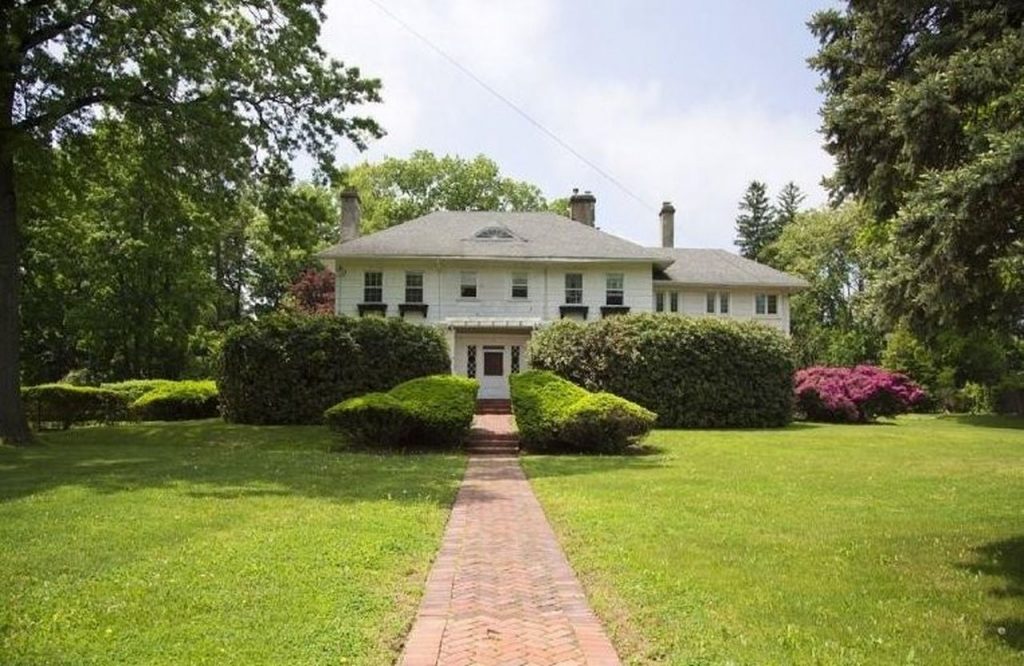
Have you ever thought of owning a mansion? Believe it or not, there was a mansion on the market for a simple cost of $10. Of course, there was some other complications in the sale, but the simple fact that it was listed for a puny $10 should have caught more eyebrows that it did. Here’s the story behind this incredible price and home for sale, and why it was listed the way it was.

Normally, Good Housing is a Challenge
Anywhere in the New York metro area, finding a quality home at an affordable price is going to be a serious challenge for even the most experienced of consumer buyers. Regardless of how good one is at finding the best deal, the New York metro region is well known for breaking even the best. With a median home price over $340,000, being the mid-point between the higher and lower priced homes, homes in the were automatically pricing out certain parts of the market. However, the demand was not expected to weaken anytime soon either. In fact, the story was pointing in the opposite direction going higher. Thus, when a home suddenly was listed for a measly $10, eyebrows flew off of people’s foreheads. And flocked to the home they did. That said, it remained listed and didn’t get one single offer for a purchase.

Situated in Montclair
Montclair, NJ is by no means any kind of a shabby neighborhood. It is a distinguished suburban community with a very old and rich history. The $10 mansion in particular was 111 years old, dated back to a colonial style of structure even through it was fabricated at the beginning of the 20th century in practical years. With a high-quality school selection, well-known restaurants, shopping and even country clubs, Montclair definitely falls into the high demand destination for many families who would love to raise their kinds in a typical Americana style town. Even the street the mansion was located on was a bit too good to be true, aptly named Pleasant Avenue. And, assuming the roads are clear (which is another matter), the distance to New York City central was extremely short.
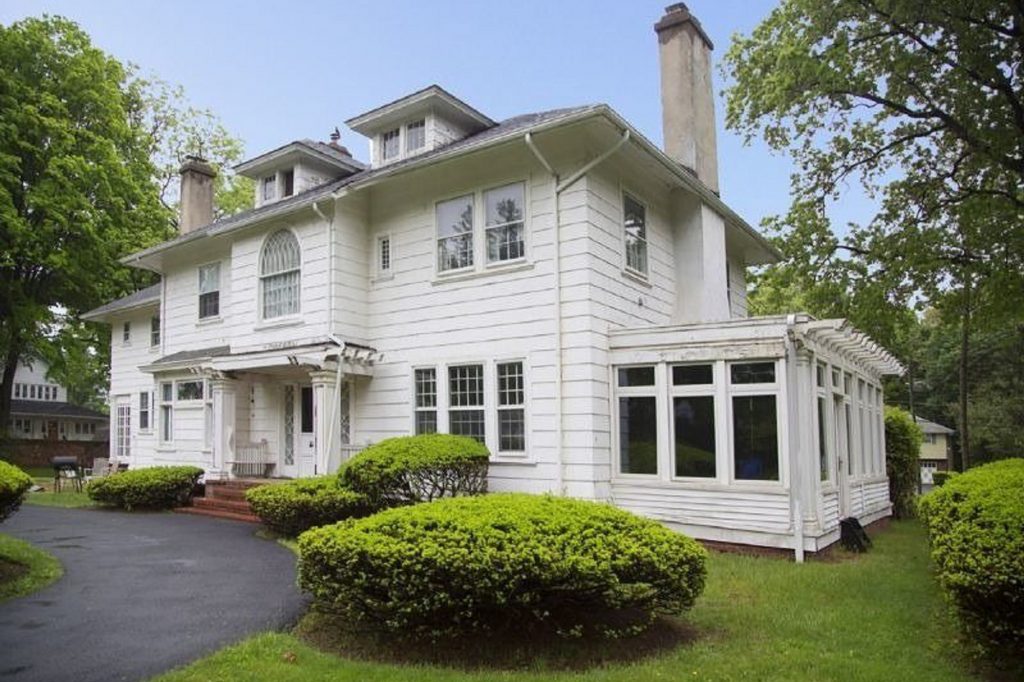
The History of House
Designed by the architect, Dudley S. Van Antwerp, the Montclair $10 mansion actually dates to 1906 when it was built. Antwerp himself hadn’t been long as his own business; the architect locally had just hung out his own business shingle six years earlier. That said, he was so good at his job and skill, the Montclair mansion home became a calling card for greater things, and Antwerp was later assigned the Montclair Wachtung Avenue Congregational Church as a later project. He also built the Bayside Yacht Club located on Long Island.

The Home Details
The Montclair $10 mansion was sizable as well. With a 4,000 square feet footprint the home incorporates six different bedrooms matched with 3 full bathrooms and half bathroom inside. And the home was big enough for all sorts of additions or renovations, from a personal wine cellar to a family library or home gym. So why in the world wasn’t it selling in a fraction of a second?
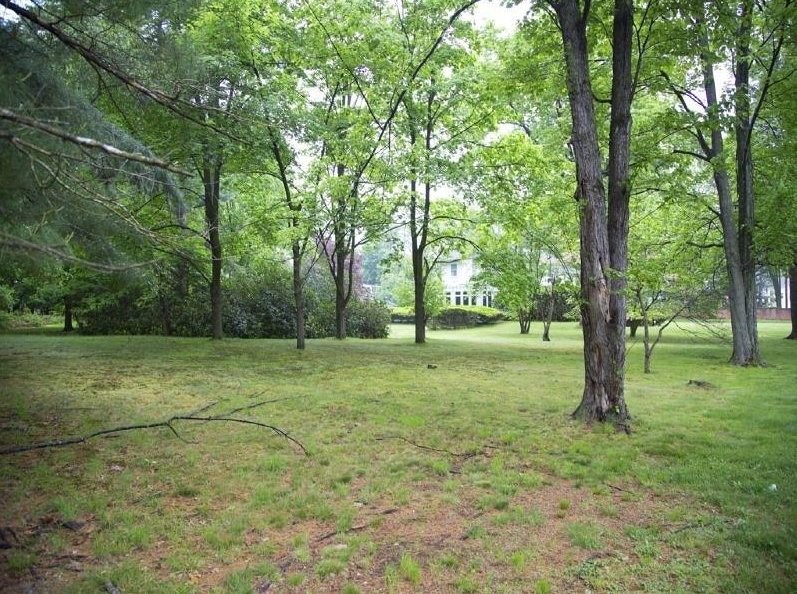
Outside the Home
The surrounding landscape immediately adjacent to the mansion was attractive and jealousy-inducing as well. With 2.5 acres associated with the property, including the land taken up by the home footprint, the entire property was sizable. And it was utilized as well. The property included a separate gazebo as well as private tennis court as well. And there was also a carriage house on the site as well.
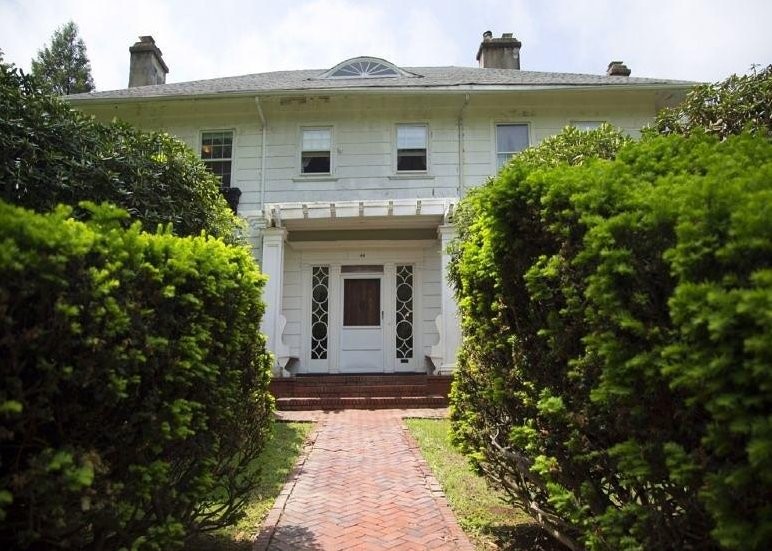
The Appraised Value
Nobody was fooled by the $10 listing for the Montclair mansion. It true appraised value at the time was well above $1.35 million considering the comparable market values and the high demand for quality housing in the greater New York area. If nothing else, the nearby homes should have demanded at least a $1 million for the listing just to live next to the other homes that were no way listing for Walmart discount pricing.

The Home of a Celebrity
Aside from the architect who designed the Montclair $10 mansion, it also had a famous owner as well. Aubrey Lewis will ring bells for those who are big aficionados of American football. Lewis was the first African-American to have been accepted and play on the ivy league Notre Dame football team in the school’s history. Aubrey Lewis became so famous as a college player, his name ultimately graced the Montclair high school field in later years, but Lewis himself didn’t go on to professional football. A permanent medical condition kept him back, but Aubrey was still going to make history again after college.

Aubrey Lewis Achieved a Second First
Career-wise, Lewis also decided his path was going to take him into federal law enforcement. In that respect, he joined and passed the first Federal Bureau of Investigation (FBI) class that allowed African-Americans to join their force. From there, Lewis worked an entire career life until he reached retirement. Then, it was time to find a place that was quiet, peaceful and good for his family. Montclair became that destination. Ultimately, the very same heart weakness took Lewis’ life in 2001, and he passed away. A real estate investment group snapped up the property to redevelop Lewis’ home into smaller lots, but the idea fell part just as fast.
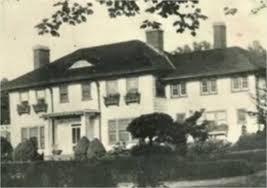
Historical Property Restrictions
When the property was bought by the development team, they had a hamstring blocking their original intent. The sale included an agreement that protected the estate in terms of keeping it whole. The party on the other side of the contract was the Montclair Historic Preservation Commission. Given Aubrey Lewis’ history, the estate was deemed history and needed to be kept whole, which if course blocked any development of smaller lots. So, the real estate team came up with Plan B. List it for $10 with a key contingency.

Exactly What was the Catch?
$10 for a mansion should be enough to get most people to just jump at the deal and risk $10, even if it’s throwing money away. However, the problem had to do with where the mansion was located. Anyone who bought it, could not live in the structure while it sat on the estate. Because of its historic significance, the home was to remain empty of a resident. The only way anyone was going to get the benefit of the home itself was to move it off of the land. Of course, a project like that easily could be cost-prohibitive, both for the move as well as having land where to relocate the home and make it livable again.
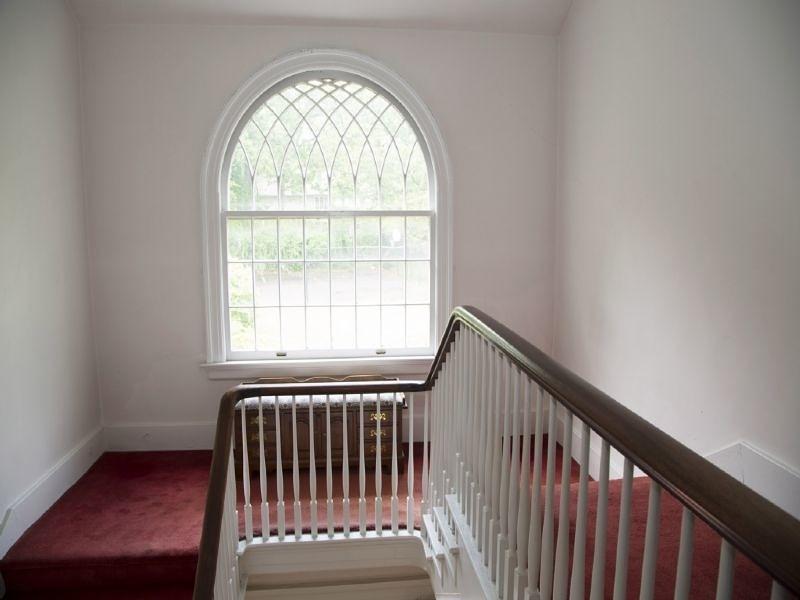
There Were More Requirements as Well
In addition to needing to move the home, the new owner was also going to be stuck covering all the development fees placing the home in a new location, which could only be within a quarter mile of its existing location. That second requirement was pretty much a deal-killer. Overall, even with $10,000 added in by the seller to help with the renovation once relocated, the move of a such a home was easily going to run near $200,000, which was probably on the low end of cost estimates.

The House was Eventually Wrecked on Purpose
In the end, nobody got what they wanted. There were no buyers for Aubrey Lewis’ former home, and the owners couldn’t sell. So, they demolished it in May 2018. While the Historical Society could put restrictions on its sale, they could not block the destruction of the home by its owner, at least not legally. So, the developers chose a pyrrhic victory by just smashing the place. That in turn wiped out any claim by the Historical Society, and the City of Montclair took over the property. And, eventually a smaller, eight home development was completed on the site. However, one small memory of Aubrey Lewis remained afterwards; the road and court were named Lewis Court in memory of Aubrey Lewis.
Living
Six-Year-Old Willow Hamrick Celebrated at the Walk to Cure Arthritis This Weekend

Willow Hamrick, a spirited six-year-old, is being honored this weekend at the annual Walk to Cure Arthritis for her brave fight against the condition. Diagnosed at just three years old, Willow has faced the challenges of arthritis with remarkable courage. Currently a first grader at Nolensville Elementary, she frequently misses school for medical appointments and undergoes weekly injections to manage her symptoms.
Her mother, Kelsey, reflects on the journey, describing it as a rollercoaster of emotions. However, she proudly notes that Willow has become adept at handling her treatment regimen, calling her a “rock star” when it comes to taking her shots.
Willow will serve as the youth honoree at the event, which is set to take place at Centennial Park on Sunday at 1 pm. The Walk to Cure Arthritis is a key fundraiser for the Arthritis Foundation, supporting vital research aimed at finding a cure for the disease that affects one in four adults and over 300,000 children in the U.S.
While participation in the walk is free, attendees are encouraged to donate in honor of Willow or others affected by arthritis. Willow herself has contributed significantly, raising over $3,000 for the foundation.
Despite her condition, Willow remains active and enthusiastic, enjoying gymnastics, art, and quality time with friends and family. She is determined not to let arthritis hold her back, embodying resilience and hope for many others facing similar battles.
Living
Advanced Technology Empowers Quadruple Amputee Jessica Haldin to Pursue Driving

Jessica Haldin, who lost her limbs to meningococcal disease at age two, once believed driving was out of her reach. Growing up in Rockingham, a suburb of Perth, she watched her friends earn their driver’s licenses, symbolizing freedom she longed for but felt was unattainable. However, now at 33, Jessica is learning to drive using a specially modified vehicle equipped to accommodate her needs as a quadruple amputee.
Five years ago, Jessica’s coordinator encouraged her to pursue driving, assuring her that she could obtain a license and secure necessary funding. Today, her vehicle is fitted with a joystick for steering, braking, and accelerating, along with a voice-activated system for controlling indicators, the horn, and other features. Despite the initial anxiety, Jessica’s first driving lesson was a profound step toward independence.
The journey to this point wasn’t simple; securing approval and funding from the National Disability Insurance Scheme (NDIS) was a lengthy process. Yet, the possibility of gaining mobility and freedom has greatly excited Jessica. She expressed a desire to escape the confines of her home life, where she largely depends on her mother, and explore places like Margaret River and Albany on her own.
Tamlyn Macdonald, Jessica’s support worker, expressed pride in her progress, noting that helping clients achieve independence is the ultimate goal of the NDIS. She looks forward to transitioning from caregiver to friend as Jessica gains more autonomy.
Mikayla Kongram, an occupational therapist and driving instructor, highlights that Jessica’s story is becoming increasingly common as technology advances. She sees daily how vehicle modifications enable those with disabilities to drive, expanding their world dramatically compared to the pre-NDIS era. Despite some individuals still facing challenges due to physical limitations, technological innovations continue to broaden possibilities, allowing more people with disabilities to experience the independence of driving.
Living
Biggest Sea Turtle Release Ever on Georgia’s Jekyll Island

In two days, Georgia will witness its largest sea turtle release ever on Jekyll Island. The Georgia Sea Turtle Center announced that over 30 turtles will be returned to the sea. These turtles come from various places like Turtles Fly Too, NOAA, Mystic Aquarium, New York Rescue Center, and New England Aquarium.
Many of these sea turtles needed help because they were cold-stunned, but now they are better and ready to go back to the ocean.
Sea turtles are fascinating creatures. They live in oceans around the world and are known for their long migrations. Some species travel thousands of miles to lay their eggs on the same beaches where they were born. They are also ancient animals, having been around for over 100 million years, which means they shared the planet with dinosaurs.
Sea turtles like to eat a variety of foods. Depending on the species, their diet can include jellyfish, seaweed, crabs, shrimp, and even small fish. They have a unique way of navigating the ocean, using the Earth’s magnetic field to find their way.
Unfortunately, sea turtles face many challenges. They are threatened by habitat loss, pollution, climate change, and accidental capture in fishing gear. That’s why the work of rescue centers and rehabilitation programs is so important to help these vulnerable sea creatures survive and thrive in their natural habitat.
Living
Drones Are A Powerful Ally For Animal Right Campaigners

Drones have become powerful allies for animal rights campaigners, offering a bird’s-eye view that’s hard to beat. These flying gadgets are not only affordable but also simple to operate, making them perfect for keeping an eye on illegal activities like fishing, hunting, and deforestation. They’re also great for monitoring conditions in zoos and aquariums.
A striking example comes from UrgentSeas, an organization that sprang into action after hearing about a lonely manatee at the Miami Seaquarium. Using drones, they captured footage of the manatee, named Romeo, in a neglected pool. The video went viral, leading to public outrage and eventually the relocation of Romeo and his mate Juliet to a sanctuary.
Since their introduction in the early 2010s, drones have been revolutionary for groups like PETA, who’ve used them to uncover illegal hunting activities. In marine conservation, drones offer an unparalleled view of the living conditions of sea creatures, highlighting the cramped spaces in some facilities.
Sea Shepherd, a marine conservation group, utilizes drones to document illegal fishing activities in international waters. The advancements in drone technology have made these devices quieter and more discreet, crucial for documenting illegal actions without alerting the perpetrators. Simon Ager of Sea Shepherd emphasizes the effectiveness of drones in these operations, noting their ability to capture evidence of illegal activities from a safe distance, thus reducing the risk to conservationists.
In essence, drones are more than just tools; they represent a shift in how activists and conservationists can safely and effectively gather evidence, raise awareness, and prompt action to protect animals and their habitats. They enable discreet observations and can reach places that are otherwise inaccessible or risky for humans, proving to be an indispensable asset in the fight for animal rights and environmental protection.
Living
New Bazaar Blends American & Indian Cultures

In Buffalo’s East side, something exciting is happening at the Buffalo Trade Center! It’s becoming a bustling market, blending Indian and American cultures, thanks to Samad, a visionary with Indian roots but raised in the U.S. This new market isn’t just any ordinary place; it’s a vibrant bazaar with 30 vendor stalls, offering a sneak peek into a future filled with shops, a halal supermarket, offices, a playground for kids, a restaurant, a food hall, and a community center.
Samad, together with his uncles Khaled Ali, Iqbal Ali, Moynul Samad, and Faisal Ahmed, owns this center. They’re embarking on an ambitious project, starting with the vendor stalls and a retail liquidation center, all set to open this summer. But the excitement has already begun with a pop-up vendor festival, especially timed for Ramadan, attracting thousands of people and giving a taste of what’s to come.
This market is more than just a place to shop; it’s a springboard for aspiring business owners. Samad’s idea is to create a space where anyone with a dream can start their business journey with minimal initial costs and supportive surroundings. Last year, this place drew in 5,000 visitors, and it’s clear it has a special vibe that people love.
Samad’s vision extends beyond business. He aims to build a community that reflects the diversity and inclusivity of Buffalo itself. He’s looking for vendors who are not only entrepreneurial but also kind and welcoming to everyone, reinforcing that the Buffalo Trade Center is a place for all, not just for the Bangladeshi community.
Through Samad’s efforts, the Buffalo Trade Center is set to be a hub where different cultures meet and mingle, proving that despite our diverse backgrounds, we share more similarities than differences. This market is shaping up to be a place where community, culture, and commerce come together beautifully.
-

 OMG6 years ago
OMG6 years agoA Couple Gave Birth to the Most Beautiful Twins Ever
-

 OMG6 years ago
OMG6 years ago20 Rare Historical Photos
-

 OMG6 years ago
OMG6 years agoHilarious Airport Photos
-

 Cute6 years ago
Cute6 years agoMom Refuses to Let Daughter Eat Sugar and Years Later This is What She Grows Into
-

 OMG5 years ago
OMG5 years agoTop Secret Air Force One Facts That You Never Knew
-
OMG5 years ago
The Funniest Yearbook Photos Of All Time
-

 OMG6 years ago
OMG6 years agoRetired Mathematician Restores Log Cabin
-

 OMG4 years ago
OMG4 years agoWhat Happened When This ‘Duck Dynasty’ Legend Chopped Off His Beard?